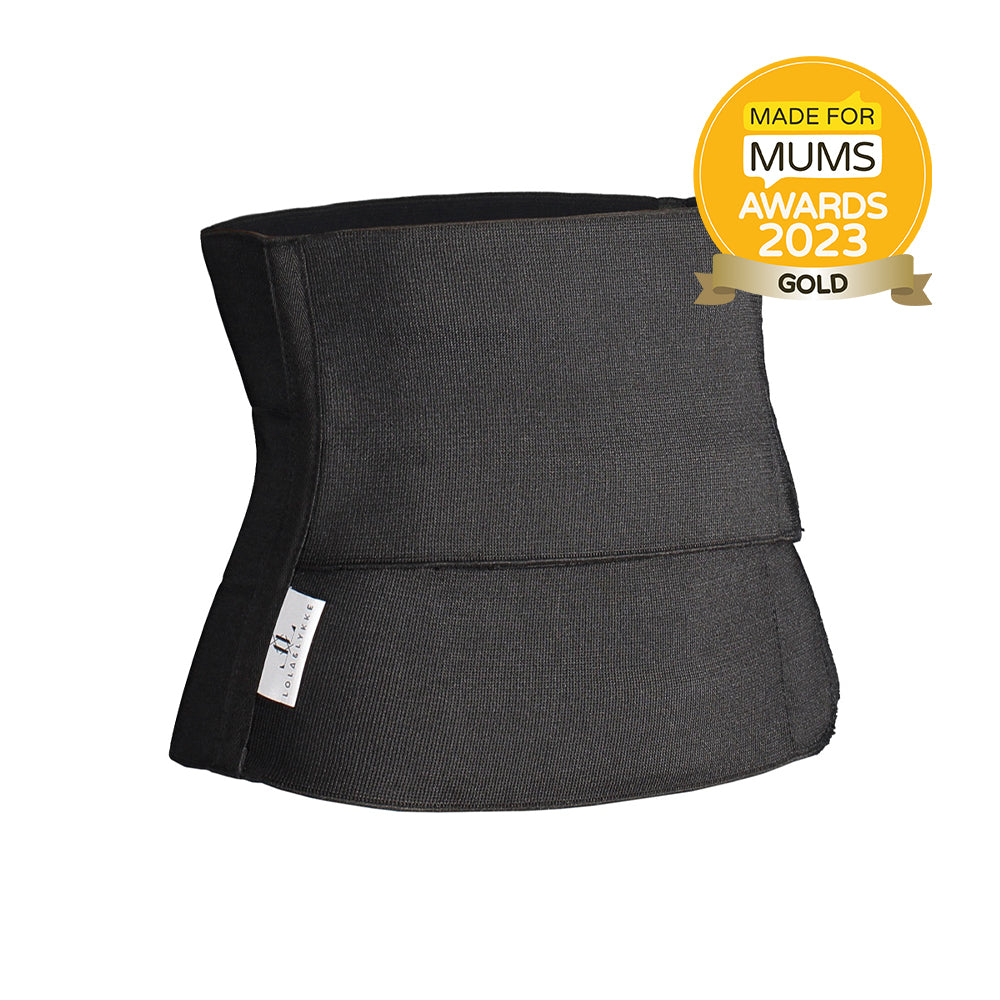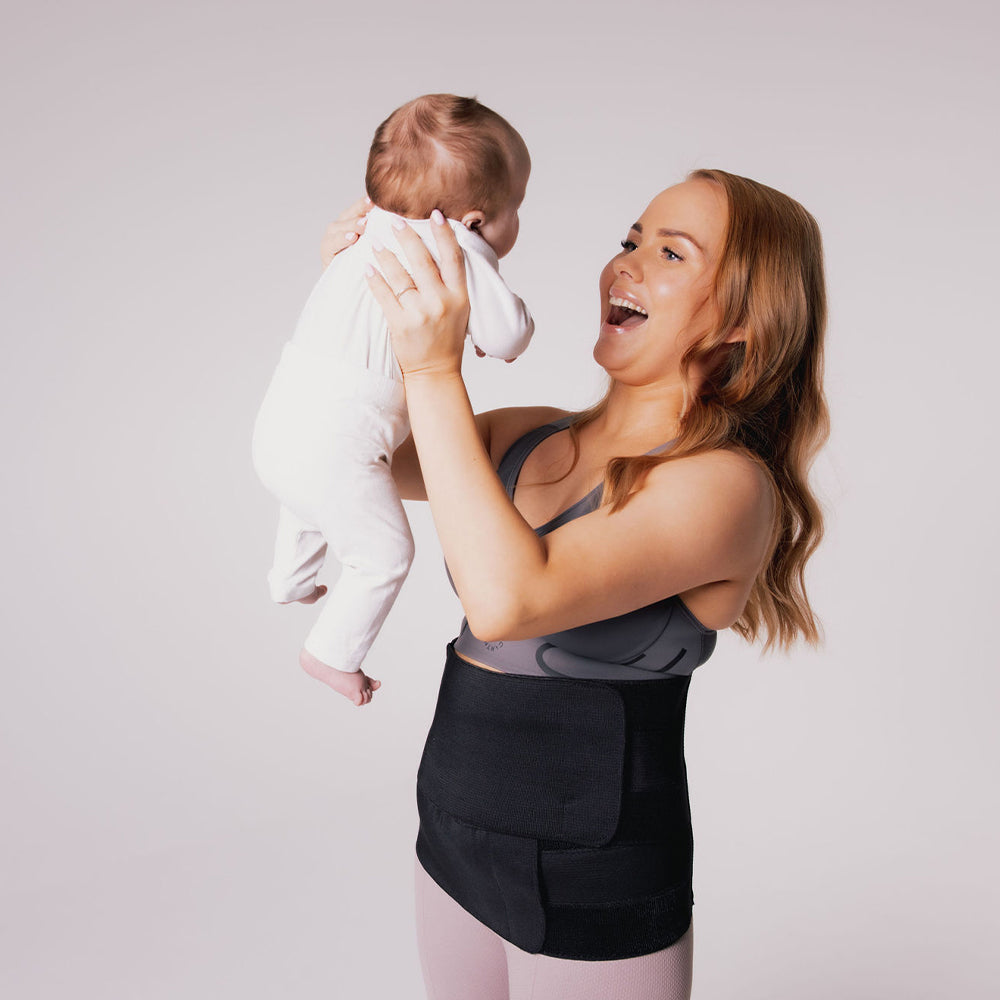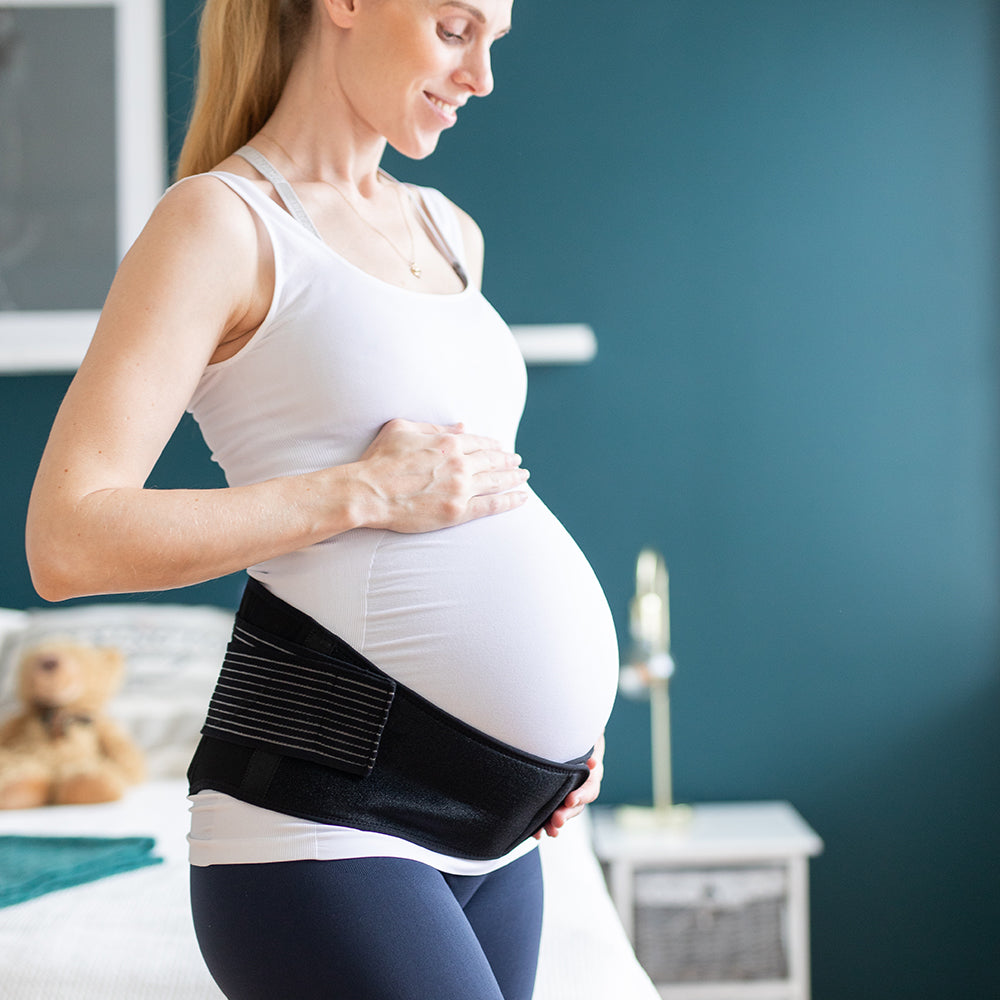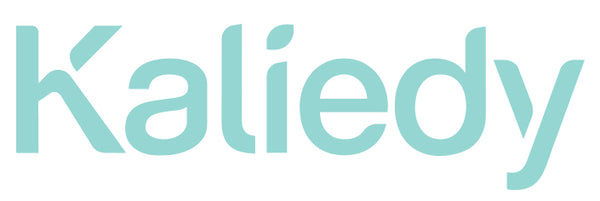How Does A Support Band Help With Your Postnatal Recovery?
Every mum looks and feels different in her post-pregnancy body. For some women, postpartum support wear such as Core Restore Postpartum Support Band may help you feel more comfortable and supported in the early days of postnatal life.
Everyone from the Kardashians to Cardi B, Jessica Alba, maybe even that neighbour of yours that recently had her baby, has worn a postpartum belly band. You might think it is one of those celebrity fads, but there’s a lot more to the practice of binding the belly in the immediate postnatal period: The art of belly binding is a technique that has its roots in Asian culture. There are discrepancies regarding where it may have originated although many attribute it to Malaysian royalty many centuries ago when belly binding was known as bengkung. In traditional Latin American births, a faja was used to wrap the belly. Japanese mums turned to a sarashi after birth. African American postpartum belly binding is an ancient tradition in the African American community: The belly binder would be checked and adjusted as the uterus shrunk. Even among many native American tribes a sash was used to bind the belly to promote healing.
So, a postpartum binding of some sort has been around for a long time. Often there’s been a connection to healing herbs, oils, heat, and rest. It’s important to remember, that a belly bind does not promise a pre-pregnant body shape, or a miracle cure for everything. Neither does it provide an hourglass waistline like you may have seen many celebrities to flaunt. In the past, it has been used as part of a supportive ritual to heal a postnatal mama. It has been done with oils and massage to help the uterus, skin, and abdominal muscles to shrink back to pre-pregnancy size and place. Its’ purpose is to heal a woman’s body while making them feel supported and held during a time in which their core is weak, their emotions are in an imbalance, and life with a new baby can be exhausting. It’s really no wonder that a belly band has been used across cultures. What new mum wouldn’t benefit from feeling held and secure in the first moments of the new adventure?
Lola&Lykke connected with their physiotherapist-friend Johanna (@johannasofia_) and got some frequently asked questions answered by her and by us.

How does the band help with my recovery?
“Many women find, that wearing a belly band postpartum, provides additional support to the abdominal and back muscles just when they are at their weakest. The band can promote better posture, reduce back pain, and stabilise the pelvis. The idea is to give you that extra support and confidence, and to encourage you to stay more active without pain. It’s important to remember though, that while the band gives you the support, it should not be used as a treatment for any condition. In the end, you will only recover when you allow your muscles to start doing the work.“
A postnatal binding of some sort has been worn for centuries in different cultures across the world. The binding has been used as a healing ritual with different healing techniques. In some cultures, the binding has been worn for 40 days, in others, for 100 days. It has been part of the post childbirth healing ritual that we’ve largely forgotten in the modern Western society, or perhaps it never existed. That doesn’t mean you aren’t deserving of the healing, support, and held, a belly band can provide.
Should I wear the band during exercises?
“After birth, your core is weakened, and finding the connection to your muscles might be challenging. Wearing the belt during daily activities and light exercises might be beneficial as you will be better able to recognise and activate your deep core muscles. The band also works as a reminder to hold a good posture, and this will help you to stay injury-free during your activities.”
Should I wear the band after C-section?
“After you have a C-section, your abs are weakened, and you have very little control over them. The band can provide that extra support that you need. The band can also help by supporting the C-section wound, holding your abdominal muscles together, and in this way encourage you to stay active, pain free.”
I’ve often told mums to take the band with them to the hospital. Your doctor, midwife, or nurse would be the best source of knowledge to your individual situation. If they advice you to give it a few days before you start wearing one, listen to them!
How long should I wear the band for?
“Postpartum band can give great support right after giving birth, but there’s no need to wear one for an extended period of time. Begin using your own muscles as soon as you feel comfortable. The timing for this is very individual, but the timing is most effective during the first 6 to 12 weeks postpartum.”
We recommend wearing the Core Restore band for 6 to 12 weeks, but if your recovery takes a bit more time, there is no harm in wearing it longer. Just remember that in order for your core to start building that lost stability, it needs to be activated. If you have any doubts, contacting a maternity physiotherapist may be a good starting point to get some advice to help in your individual situation.
In your daily life, we recommend using the band for about 2-8 hours each day, especially during activities that require good posture; nursing, pushing a pram, and lifting your baby. This depends on the level of support you need and how strong your core was to begin with. You may find wearing the band during other light exercise beneficial as you will be better able to recognize and activate your deep core muscles. The band should not be worn during the night.
How is the Core Restore different from other postnatal bands?
The main difference with the Core Restore postnatal band and most other bands in the market is the front design of the garment. The Core Restore band has two separate fastening sections at the front side, which allow for a perfect fit. The tension of the band can be adjusted just right with these separate velcro and fabric fastenings. This means that the band will sit well over your abdomen, no matter what your body shape is. The separate panels also make the Core Restore band very comfortable to sit in, without the band rolling up or feeling uncomfortable.
We have designed the Core Restore band with functionality and comfort in mind. The technical material for the Core Restore band has been uniquely developed for us: it is highly elastic as well as super soft and comfortable on your skin. As opposed to many other bands, the Core Restore band is 100% latex-free.
I am 3 weeks postpartum, will the band still be effective for me? What about if I’m 2 years postpartum?
The band is most effective for the first 2-3 months post birth so it would still be beneficial if your childbirth was just a few weeks away. The band would be useful for you especially if you feel like your abdomen is still weak and if you feel like you need more support for good posture. The band reminds you of the correct posture and helps to activate your deep core muscles. This may help with back pain and in reducing the possibility of a poor posture.
If you suffer with diastasis recti or still weakened core a few years or many months postpartum, I recommend you get in touch with a local maternity physiotherapist or your medical practitioner. They can gauge your individual situation, see how much separation there is in your abdominal muscles, and give you exercises or a medical alternative to seeking a solution. They may also recommend using a binder to engage the core, but most likely the best solution that Johanna also mentioned above is to strengthen the pelvic area and your core with movement. They are the best available resource for creating a practical solution for you. Just remember, you are not crazy for advocating for yourself. Diastasis recti is not normal, and it can be alleviated.
How tight should be band be worn?
The band should be worn snug but not too tight, so that you are able to breathe comfortably all the way through to the stomach. Comfort is key when wearing the band: it is intended to support you and to make you feel more comfortable: If you are starting to feel ache or pain, take it off.

Lola&Lykke
Core Restore Postpartum Support Band









Lola&Lykke
Core Relief Pregnancy Support Belt














